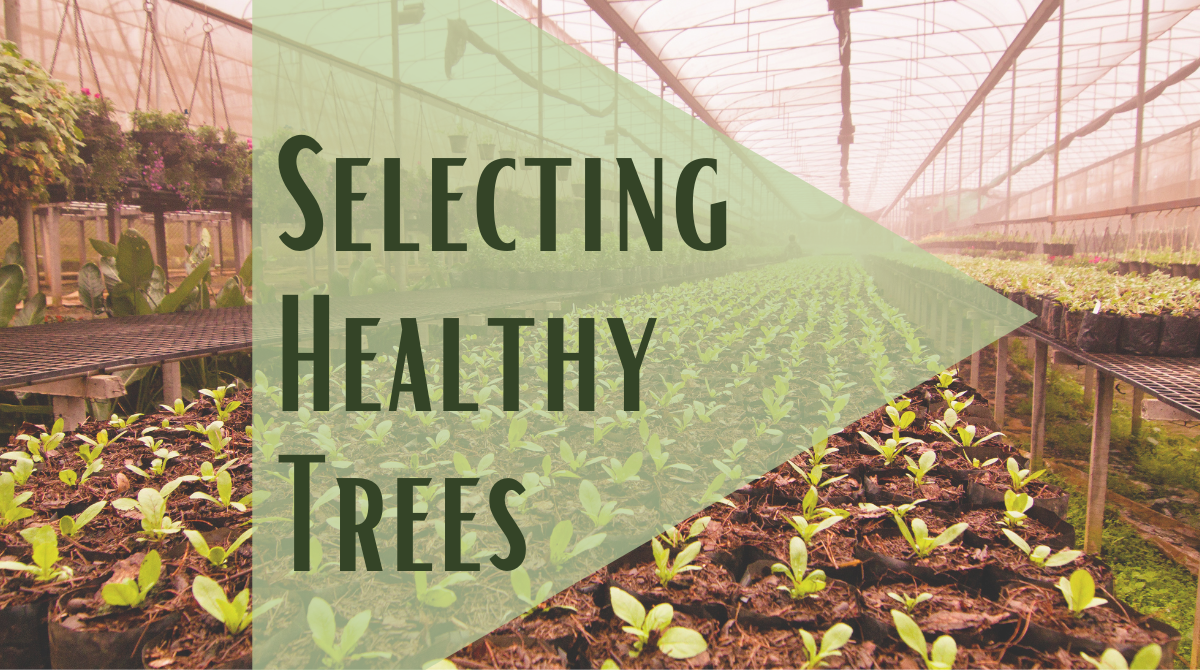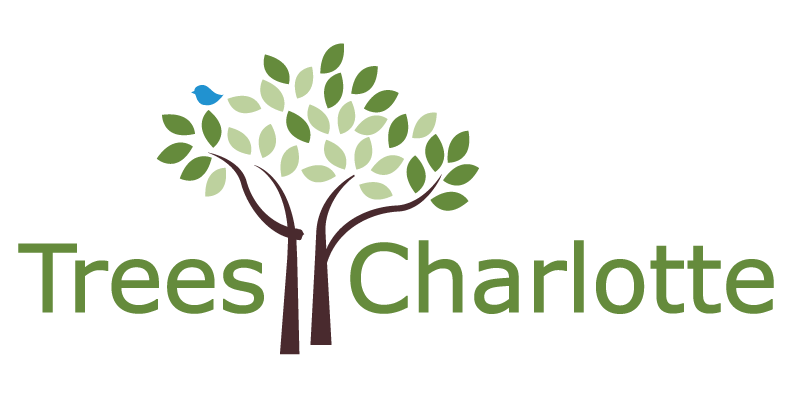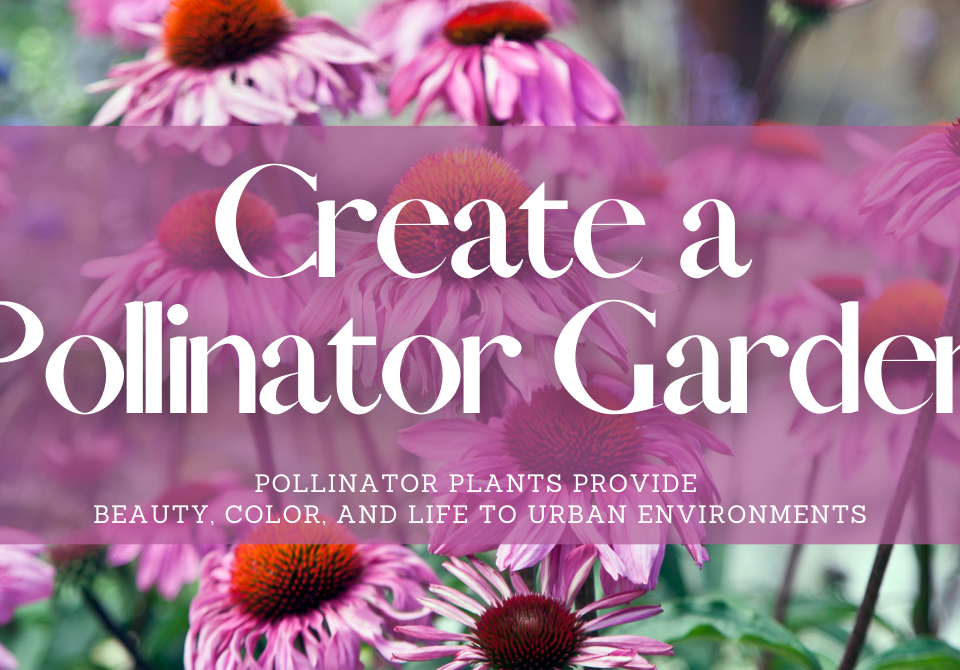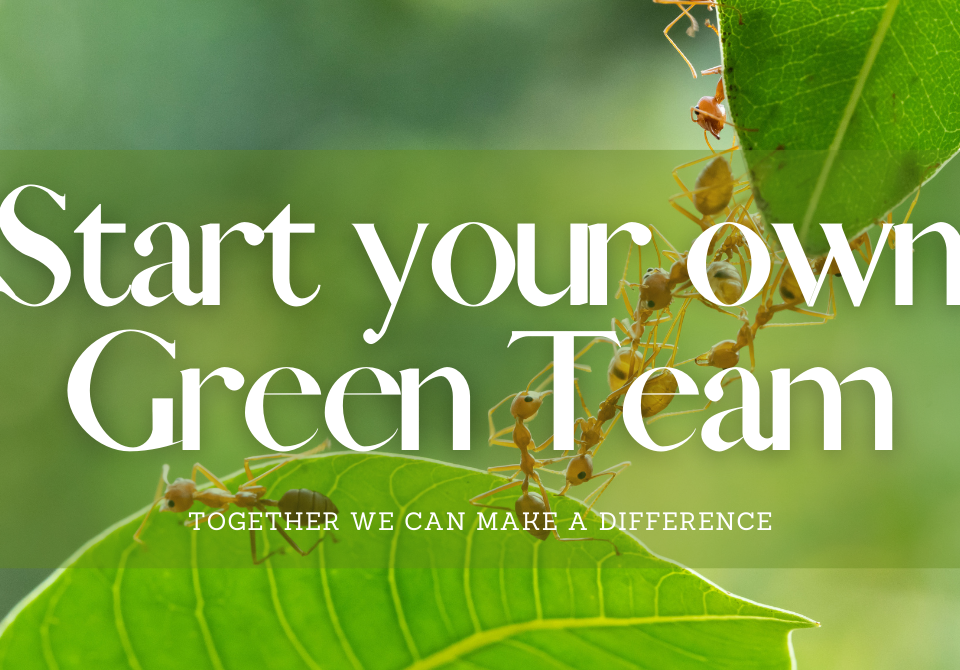Selecting Healthy Trees Guide

Join TreesCharlotte as our Development Manager
9.23.21
Tree of October 2021: Witch Hazel
10.04.21
By: Kate Bolkin
Earlier this week, we opened up registration for our first City-Wide TreeAdoption of the season. Within what seemed like a blink of an eye, the 590 trees we had to offer sold out. Charlotteans truly do love their trees. If you missed out, don’t worry, we have lots of TreeAdoption events throughout the planting season that are split up by Zip Code, giving you a better shot at securing the trees you need.
However, if you’re eager to get trees sooner or you live outside of Charlotte, we recommend stopping by a nursery or garden store and purchasing trees of your own. We understand that choosing a healthy, high-quality tree on our own can be daunting. After all, there is nothing worse than watching your new tree die just after planting because it was in bad shape to begin with. To help you out, we created a “Selecting Healthy Trees Guide”, so that you can be certain you’re choosing high-quality, healthy trees for your home.
What to look for when selecting trees from a nursery:
- The Crown
- Leaves are lush, full, and evenly dispersed
- Leaves should be appropriate color and size for the time of year
- For deciduous trees, the crown should comprise roughly the upper 2/3rds of the tree
- Avoid tree with leaves that have:
- Dead tissue that appears in spots, blotches, around the edges, or between veins
- Dark spots or blotches
- Webbing or powdery substance on them
- Signs of insect feeding
- Premature fall color
- The Trunk and Braches
- Good vertical and radial spacing between branches
- A strong, single central leader (unless the tree is a multi-stem type)
- Branches that are less than half the diameter of the central leader
- Branch-bark attachments should be generally U-shaped (not V-shaped)
- Avoid trees with
- Dead branches
- Broken branches
- Large crossing branches
- External injuries on the bark
- The Root Ball
- Root flare should be visible or just below the top of the soil
- If you can, lift the tree out of the container to examine the roots
- Avoid trees with roots that are:
- Black or dark brown in color
- Have a foul odor
- Have extensive circling due to its restrictive container
The best way to ensure your new tree will survive planting is to make sure it is healthy during the time of purchase. We hope this guide can help you do just that. To get starting growing your canopy, one of our favorite local nurseries, Fast Growing Trees, will donate a portion of your tree purchase to TreesCharlotte. Check it out!


